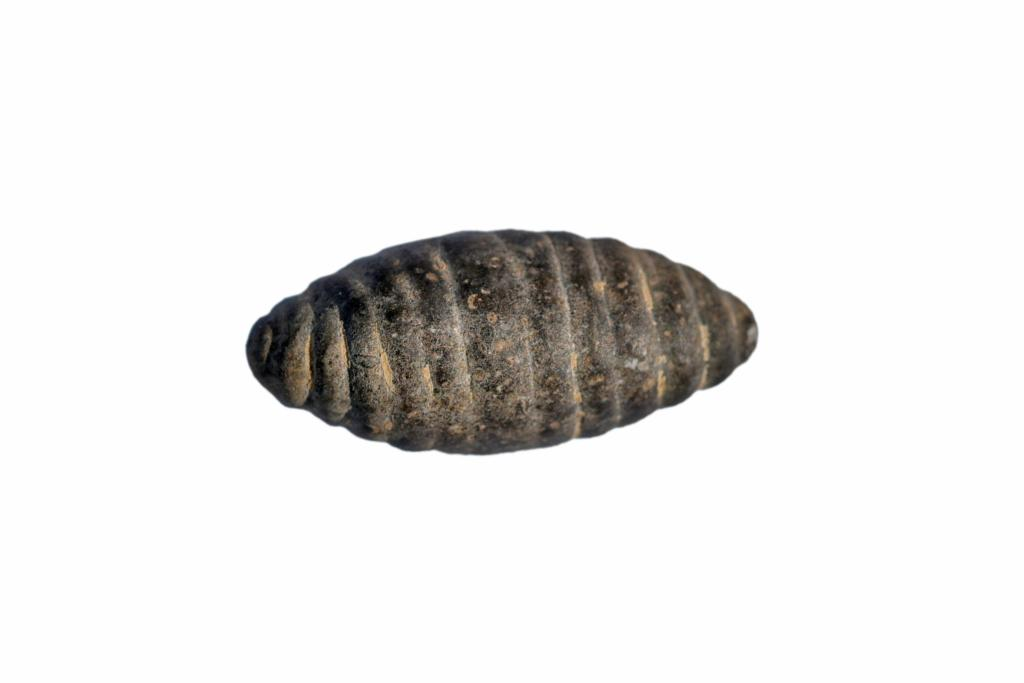
File photo taken on June 6, 2022 shows the stone carving chrysalis found at the Shangguo Site in Wenxi County in the city of Yuncheng, north China's Shanxi Province.
Archaeologists found a stone carving chrysalis dating back to at least 5,200 years ago in north China's Shanxi Province last month, according to the provincial archaeology research institute. (Provincial archaeology institute of Shanxi/Handout via Xinhua)
TAIYUAN, July 18 (Xinhua) -- Archaeologists found a stone carving chrysalis dating back to at least 5,200 years ago in north China's Shanxi Province last month, according to the provincial archaeology research institute.
The stone carving chrysalis, which is 2.8 cm long with the maximum abdominal diameter measuring 1.2 cm, was found in a semi-crypt house at the Shangguo Site in Wenxi County in the city of Yuncheng.
Based on the unearthed pottery pieces, archaeologists speculated that this house belongs to the early stage of the late Yangshao Culture period, about 5,200 years ago.
The Yangshao Culture, dating back 5,000 to 7,000 years, originated in the middle reaches of the Yellow River and is considered an important stream of Chinese civilization.
Over the past 100 years, relics related to the silkworm culture have been unearthed in many places in Yuncheng City, said Tian Jianwen, a researcher with the provincial archaeology research institute.
"At present, many silkworm cocoons and chrysalises discovered in Yuncheng City have been found in good condition, indicating that the ancestors of Yangshao Culture in southern Shanxi had raised silkworms," said Tian. The discovery of stone carving chrysalises provided important clues for the study of the origin and spread of silk, according to Tian.
Located in the southeast of Wenxi County, the Shangguo Site is a national key cultural relic protection unit. Since 2018, the provincial archaeology institute of Shanxi has been constantly working on the site. ■



